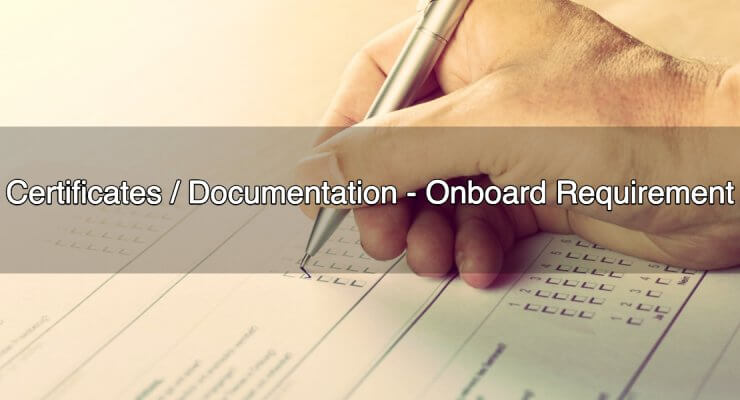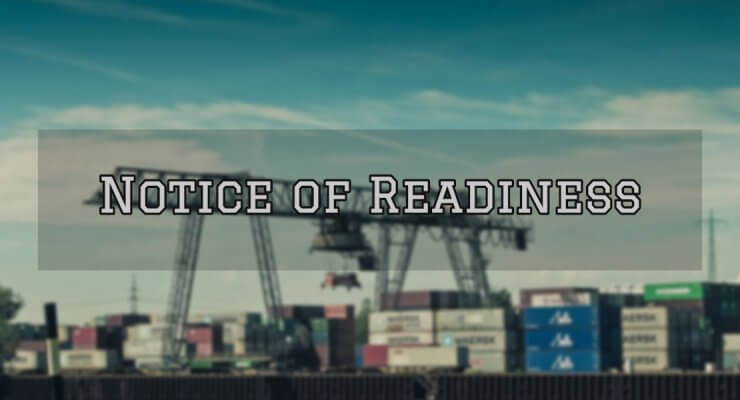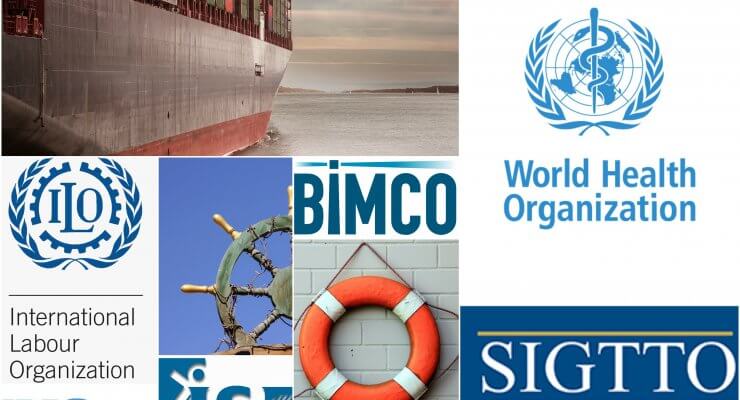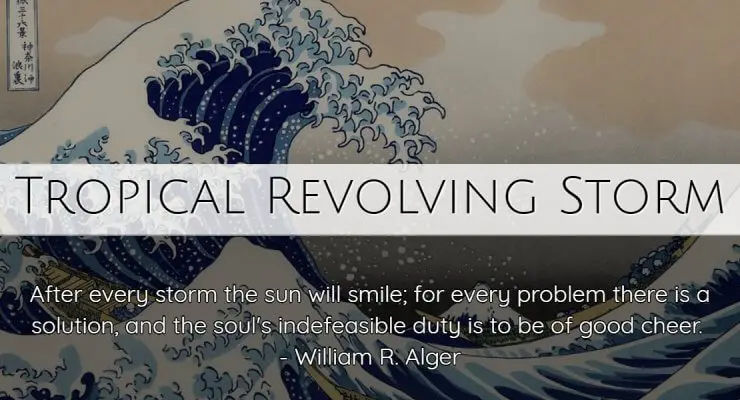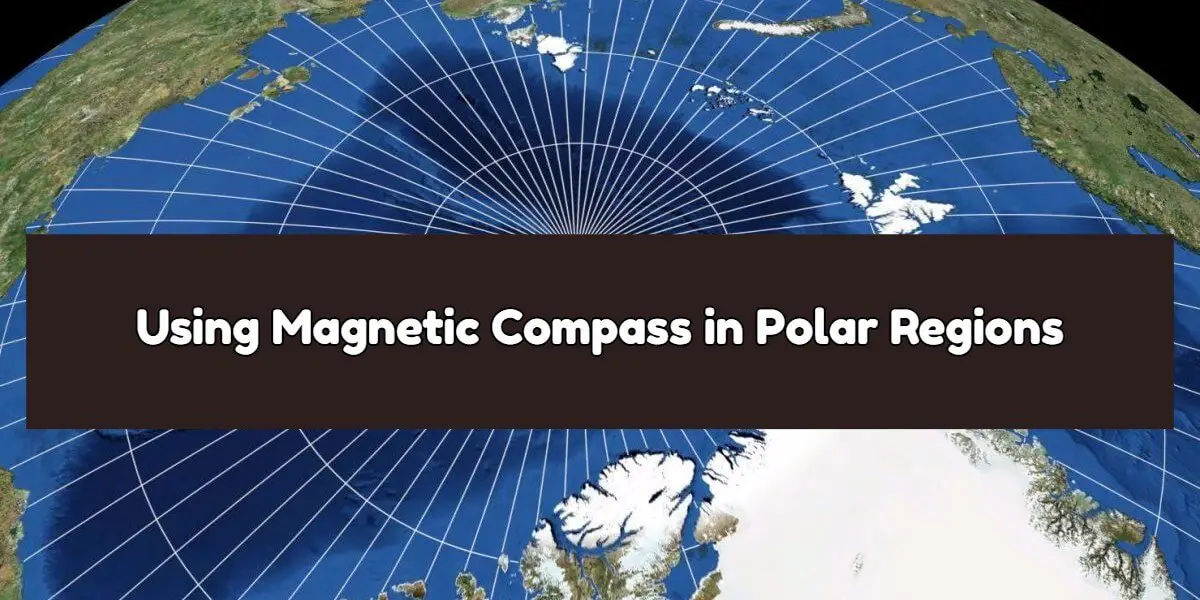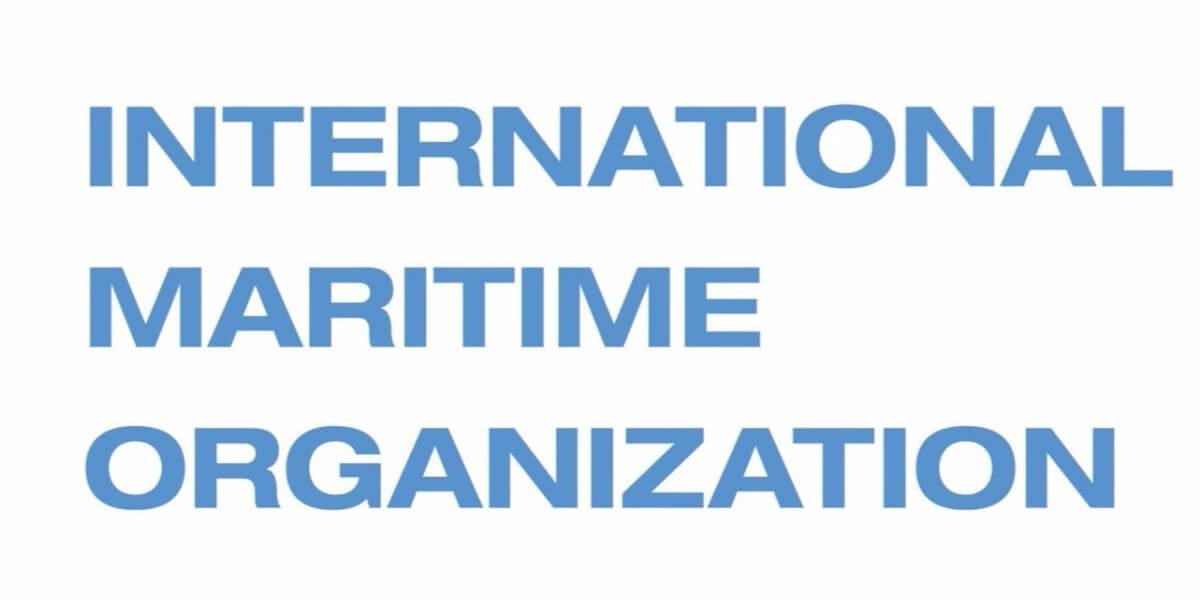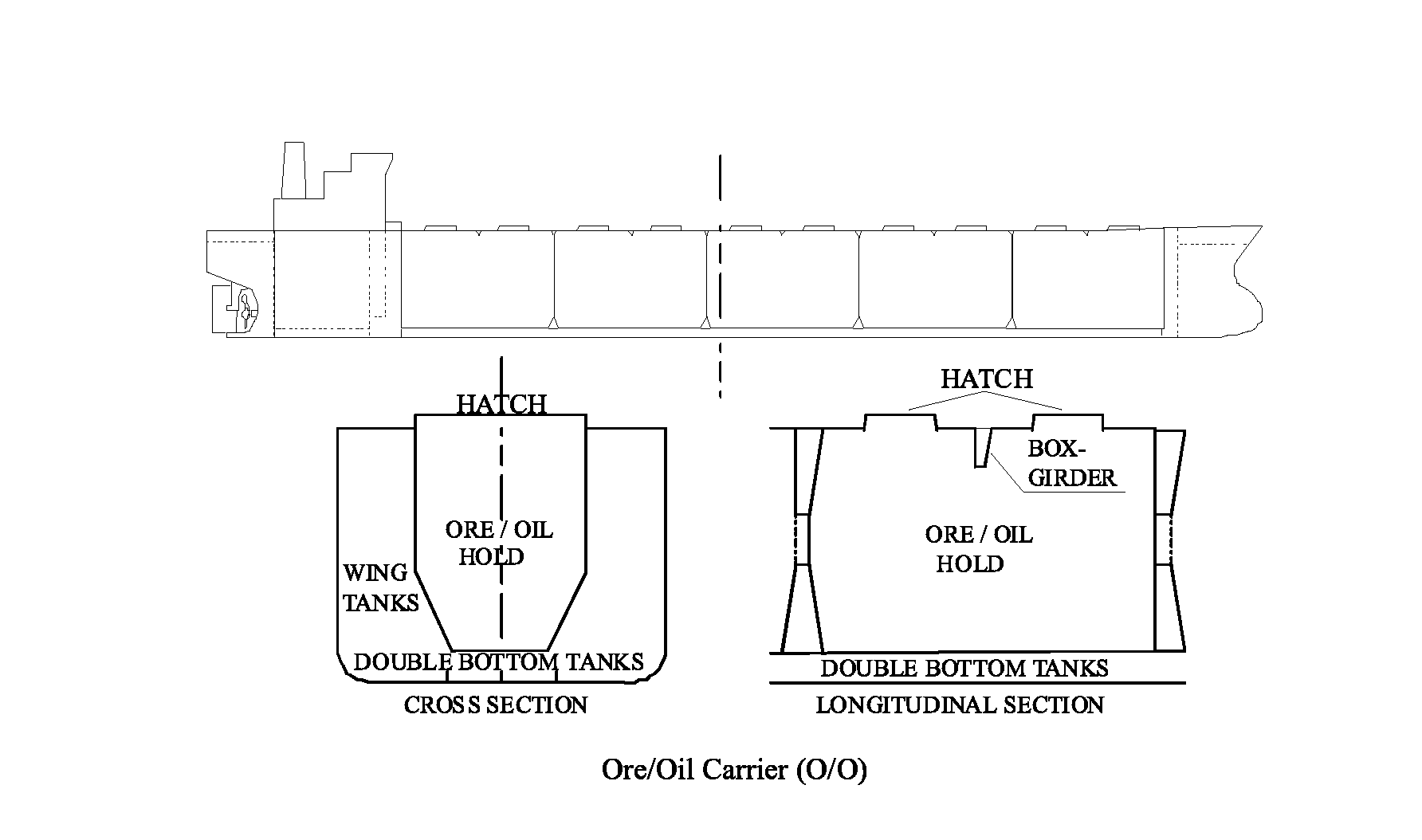Certificates and Documentation - For All Ships *Originals OnboardInternational Tonnage Certificate (1969) International Loadline Certificate International Loadline Exemption Certificate Intact Stability Booklet Damage Control Plans and booklets Minimum Safe Manning Document Fire Safety Training Manual Fire Control Plan / Booklet Onboard Training and Drill Records Fire Safety Operational Booklet Certificate for Masters, Officers and Ratings International Oil Pollution Prevention Certificate Oil Record Book Shipboard Oil Pollution Emergency Plan … [Read more...]
Notice of Readiness (NOR) – Definition, Contents & Requirements
Definition The Notice of Readiness (NOR) is the document used by the Ship Master, to notify his ship readiness, in every respect, to load and/or unload the goods during the period of his charter. NOR is an extremely important document as it triggers the commencement of laytime. "Laytime" is the term used to refer to the time allowed to the charterers to load/discharge cargo in return for payment of freight to the owners.In a case of invalid NOR, the vessel might not be considered as arrived ship and therefore all waiting time until berthing will be refuted in the demurrage claim.The … [Read more...]
International Institutions and their Association with Shipping (ILO, WHO, ISF, ICS, BIMCO, SIGTTO, OCIMF)
The international institutions that have a bearing on the international maritime transportation, maritime affairs in general or/and have an association with shipping but not limited to are as below:International Maritime Organisation (IMO) International Labour Organisation (ILQ) World Health Organisation (WHO) International Shipping Federation (ISF) International Chamber of Shipping (ICS) The Baltic and International Maritime Council (BIMCO) Society of International Gas Tankers and Terminals Operators (SIGTTO) Oil Companies International Marine Forum … [Read more...]
TRS or a Tropical Revolving Storm
TROPICAL REVOLVING STORMS A tropical revolving storm or a TRS is a storm system with a low-pressure centre, around which winds of gale force (34 knots or force 8) or more blow spirally inwards, anticlockwise in the Northern Hemisphere (NH) and clockwise in the Southern Hemisphere (SH).TRS is common in various places in the world, but they can be called as below:“Cyclones” is used in the Bay of Bengal and the Arabian Sea. “Hurricane” is used on the western side of north Atlantic and south Pacific. “Cordonazo” is used on the eastern side of North Pacific. “Typhoon” is used on … [Read more...]
Revised High Risk Area – BMP4 effective 1 December 2015
Section 2 of BMP 4 effective 1 December 2015 : Somali Pirate Activity - The High-Risk Area The High-Risk Area (HRA) is an area within the UKMTO designated Voluntary Reporting Area (VRA) where it is considered there is a higher risk of piracy and within which self protective measures are most likely to be required.The High-Risk Area is now defined as being bounded by:In the Red Sea: Latitude 15 N In the Gulf of Oman: Latitude 22 N Eastern limit: Longitude 065 E Southern limit: Latitude 05 SIt should be noted military threat assessments provided by SHADE indicate that the … [Read more...]
Visual Storm (Cyclone) Warning Signals for Indian Sea Ports
When storm (cyclone) warnings are given by news channels, they mostly report only the storm warning signal numbers hoisted in sea ports. What those signal numbers imply are not known to the common man listening/viewing the news.Here are some details of Visual Storm (Cyclone) Warning Signals for Indian Sea Ports.The India Meteorological Department (IMD) is responsible for providing tropical cyclone warnings. Tropical cyclone warnings are provided by three Area Cyclone Warning Centres (ACWCs) located at Kolkata, Chennai and Mumbai in addition to three Cyclone Warning Centres at … [Read more...]
Using Magnetic compass in Polar Regions
Why is magnetic compass useless in higher latitude or Polar Regions? The magnetic compass depends on the horizontal component of the magnetic field of the earth. As the north magnetic pole is approached in the Arctic, the horizontal component becomes progressively weaker until at same point. The magnetic compass becomes useless as a direction measuring device. The magnetic compass will not settle unless the ship remains on the same heading for a prolonged period, so it can be considered almost useless anywhere north of Lancaster Sound.So is it possible to use a magnetic compass in higher … [Read more...]
International Maritime Organization or IMO: what it is, what it does and how it works ?
International Maritime Organization (IMO) is a specialised agency of the United Nations dealing with maritime affairs , the main concern of which was to evolve international maritime structure to improve safety at sea. Because of the international nature of the shipping industry, it had long been recognised that action to improve safety in maritime operations would be more effective if carried out at an international level rather than by individual countries acting unilaterally and without coordination with others. Although a number of important international agreements had already been … [Read more...]
Types of Combination Carriers
Oil/Ore (O/O) An OBO is an oil tanker, which is equipped to carry ore in its centre cargo compartments. Compared with a similar-sized conventional tanker, the main differences revolve around the centre compartments, which are located over double bottom tanks, and have large, heavy steel hatch covers. The centre compartments are normally arranged so that the longitudinal plating slopes inwards, providing a self-stowing factor when loading ore. The centre compartments are generally free from all structural members, which would hinder loading or discharging ore.If coils are required for … [Read more...]
Vessel Size Groups
Major ship size groups include: Handy and Handymax Traditionally the workhorses of the dry bulk market, the Handy and more recent Handymax types remain popular ships with less than 60,000 dwt. The Handymax sector operates in a large number of geographically dispersed global trades, mainly carrying grains and minor bulks including steel products, forest products and fertilizers. The vessels are well suited for small ports with length and draft restrictions and also lacking transhipment infrastructure. This category is also used to define small-sized oil tankers. Panamax Represents the … [Read more...]
